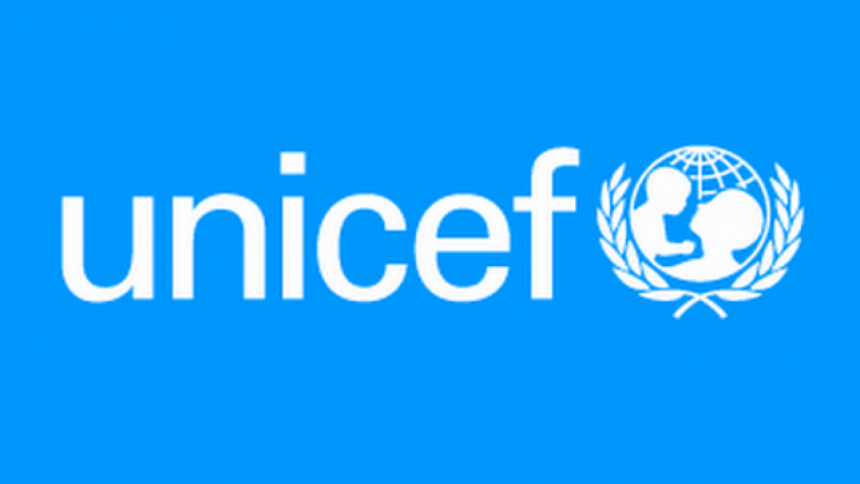About 1.3m children to be affected by flooding

The Unicef has said more than 2.4 million people, including around 1.3 million children in Bangladesh, are estimated to be affected by flooding.
The UN agency on Thursday said over half a million (548,816) families have lost their homes.
Flooding has come at a time when Bangladesh is still recovering from Cyclone Amphan, and its already stretched emergency and health response systems are working hard to contain the spread of Covid-19.
The country now has over 210,000 confirmed cases.
The Unicef said it is working closely with government partners, who are leading the flood response, and NGOs to provide urgently needed water, sanitation and hygiene supplies to children and communities in need.
The UN agency is also "actively engaged" in supporting a comprehensive outbreak response across the country.
Weeks of torrential monsoon rains, widespread flooding and deadly landslides in Bangladesh, Bhutan, India and Nepal have affected millions of children and families, the agency said.
Over four million children are currently estimated to be affected and in urgent need of life-saving support, with many millions more at risk.
"Even for a region that is all-too-familiar with the devastating impact of extreme weather, the recent heavy monsoon rains, rising floods and continued landslides are creating a perfect storm for children and families affected," said Jean Gough, Unicef regional director for South Asia.
"The Covid-19 pandemic and containment and prevention measures add an additional complication to the mix, as Covid-19 cases are accelerating in some of the affected areas," she added.
Over 700 people have died and dozens are missing across the four countries, with continuing reports of children drowning.
The Unicef said it is on the ground working in close coordination with respective governments and humanitarian partners to scale up its responses and support the immediate needs of affected children and their families, but the response is complicated by the Covid-19 pandemic and the associated containment and prevention efforts.
Measures such as physical distancing and handwashing need to be observed in order to minimise the risk of infections among affected populations, especially those in emergency shelters.
Many areas remain inaccessible due to damage to roads, bridges, railways and airports.
The most urgent needs for children are clean water, hygiene supplies to prevent the spread of disease, food supplies and safe places in evacuation centres for children to play.
"The fallout from the Covid-19 pandemic is being compounded by climate change and extreme weather events and are arguably the biggest issues affecting children in South Asia right now," said Jean Gough.
"Immediate support, more resources and innovative programmes are urgently needed to address the challenges that these threats represent to the region's children."
In India, over six million people across Bihar, Assam, Odisha, Gujarat, Maharashtra, Madhya Pradesh, Kerala, Uttarakhand, Uttar Pradesh and West Bengal have been affected by the floods, including an estimated 2.4 million children.
Though flooding at this period of the year is common, this widespread scale of floods during mid-July is unusual.

 For all latest news, follow The Daily Star's Google News channel.
For all latest news, follow The Daily Star's Google News channel. 



Comments